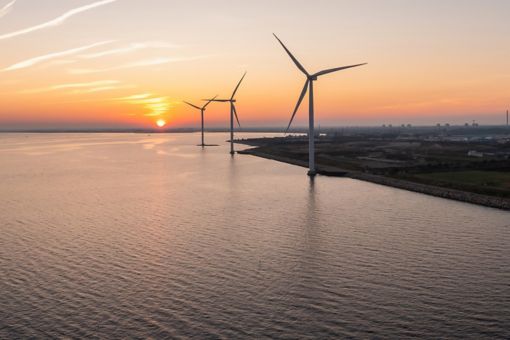Welcome to the third edition of Plugged In, a magazine for power and utilities professionals by KPMG International. This edition delves into the transformative potential of technology, including artificial intelligence (AI), automation, and smart grids in the power and utilities industry.
Technological advancements have always played a vital role in shaping the power and utilities sector. This edition of Plugged In serves as a guide to this dynamic terrain, offering insights into cutting-edge technologies, strategic frameworks, and real-world implementations that have helped drive progress and strengthen resilience.
As the industry undergoes significant transformation — shifting from fossil fuels to low-carbon alternatives amid a cost-of-living crisis — we believe the need for innovative solutions has never been greater. This edition is particularly relevant for those interested in harnessing the transformative potential of technology, such as artificial intelligence (AI) and smart grids, and the pressing need for decarbonization to help navigate these challenges.
AI technology will play a game-changing role in the electricity and gas transmission and distribution sector. It will allow companies to optimize the significant investments they are facing.


Plugged In
Harnessing technology to power the future
Download magazine (2.35 MB) ⤓
Download exec summary (360 KB) ⤓
In this edition, you will discover:
What are the latest trends and advancements in AI, automation, and smart grids?
- Real-world case studies of how these technologies are being used to help improve efficiency, reliability, and sustainability.
- Leading insights on the challenges and opportunities facing the power and utilities industry.
- Practical guidance on how you can implement these technologies in your own organization.
How can AI and automation improve efficiency and reliability in the power and utilities industry?
- Discover how AI can be used to help optimize grid operations, predict and prevent outages, and improve customer service.
- Learn how automation can help streamline processes, reduce costs, and improve safety.
What role do smart grids play in the transition to a low-carbon future?
- Explore how smart grids can integrate renewable energy sources, help improve grid resilience, and enable demand-side management.
- Discover how smart grids can help utilities meet their decarbonization goals.
How can power and utilities companies prepare for the future?
- Learn about the key trends and technologies that will help shape the industry in the years to come.
- Get insights on how you can develop a future-proof strategy for your organization.
Whether you are a seasoned professional or just starting out in the power and utilities industry, Plugged In is an essential guide to the future.
Download your free copy today.
Explore the magazine
Explore
Connect with us
- Find office locations kpmg.findOfficeLocations
- kpmg.emailUs
- Social media @ KPMG kpmg.socialMedia






